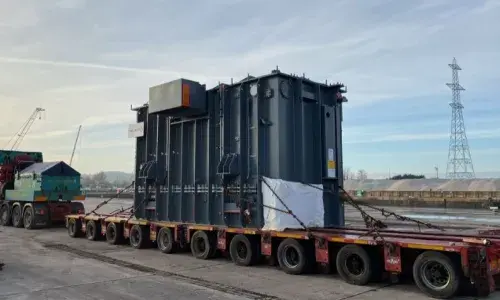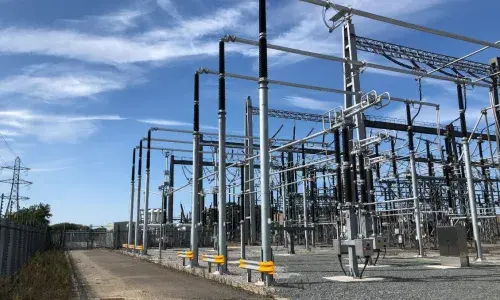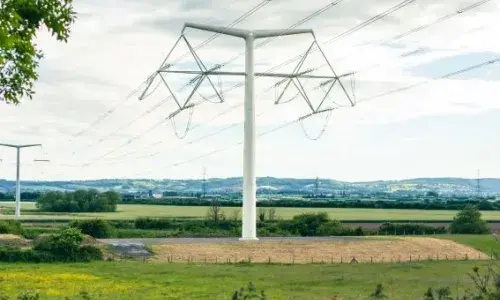
Connection outage planning
Connection outage scheduling
What are connection outages and how are they scheduled?
As the Transmission Owner for England and Wales, we are key to connecting a variety of assets to the high voltage network. Before a customer is ready to connect, certain processes must be followed to ensure the safe operation of the network and surrounding equipment.
How are outages planned?
Outages are planned with full utilisation of resource in mind and scheduled to preserve network resilience. The work required to deliver a new connection is complex and there are a variety of tasks that must be completed.
First, the Connection Engineer from National Grid Electricity Transmission (NGET) will request any outages that are required for the connection, which are assessed by System Access within Network Development and the National Energy System Operator (NESO). These outages are provisionally scheduled up to six years in advance and are subject to operational assessments whilst liaising with NESO, in conjunction with projected demand requirements to ensure the system security can be maintained. This approval is conditional, and its confirmation depends on the planning in the Year Ahead process, when NESO will confirm the dates. Once this is complete, the outage is then managed actively as part of the current year plan. A planned outage may be impacted by factors like network faults, third party issues, weather, and other security of supply issues.
This careful scheduling means that punctual project delivery timescales are critical. Customer connection dates for prospective projects are provided based on detailed system modelling studies and network planning requirements to ensure the network remains safe and reliable. These considerations include an assessment of other connections and critical infrastructure work.
Once an offer date has been given, and all necessary studies have been completed, preparations will begin to build the connection. Key equipment is ordered, contractors are booked, and outage requirements are confirmed. Works are planned to avoid conflicts of resource and to ensure minimal impact on the operational networks.
Outages secured for connections can also have a dual purpose. Whilst a particular asset is offline, NGET can ensure the most efficient use of resources to deliver the necessary connection works, and deliver important maintenance and refurbishment. This helps to ensure the system is reliable, effective, and safe.
Once the outage has been planned, changes are challenging to make. Since resources are so carefully aligned, and system access must be agreed in conjunction with network security requirements, outage dates should be adhered to wherever possible. If the request is urgent and cannot be avoided, at least 12 weeks’ notice must be provided to the responsible NGET parties. However, this will often have other impacts on project delivery timelines or other works. This enables our teams to account for other impacts, whilst working with NESO to ensure the system security can be maintained. This amount of notice is required for all types of outages, to ensure our teams can conduct their work safely and securely, whilst ensuring security of supply for the end consumer.
Our future network strategies take into account both current and anticipated connections to optimise efficiency and reliability as we progress towards net zero. These strategies are based on projected network conditions for specific timelines, allowing us to scope future projects effectively. Our long-term plans depend on the successful and timely delivery of ongoing projects, ensuring the accuracy of our future intiatives and facilitating the planning of new customer connection points within the network.


